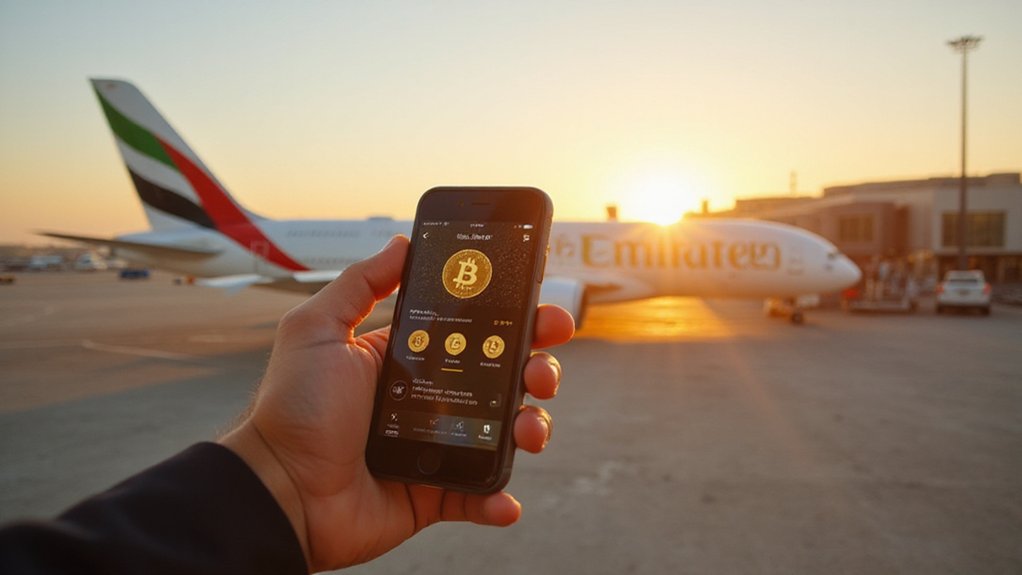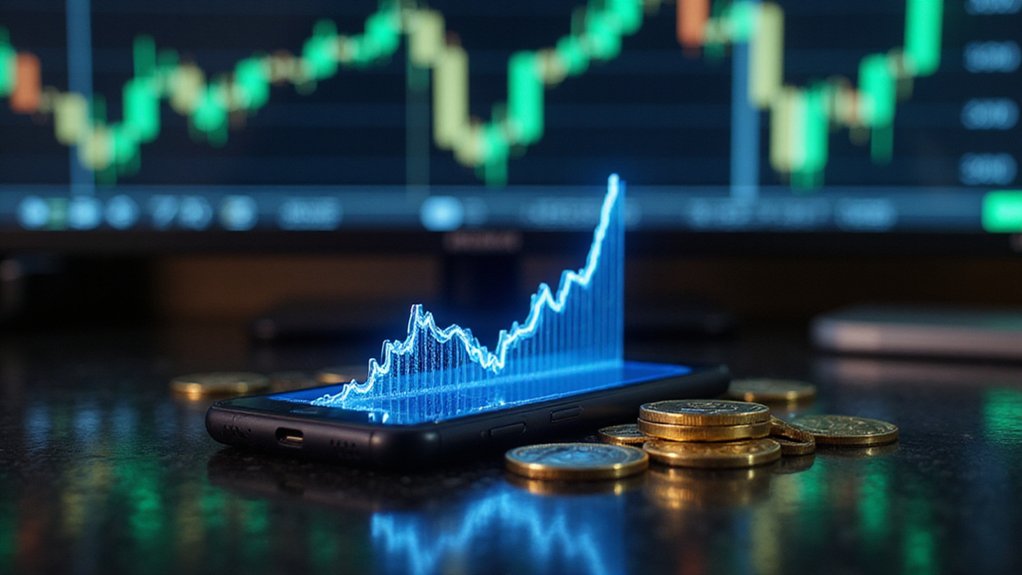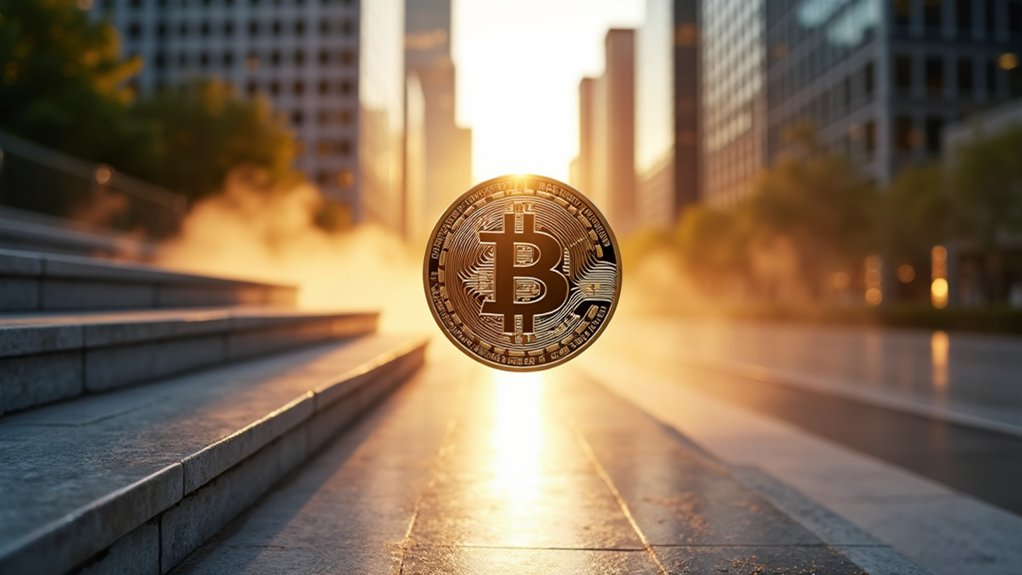The revolution—if one can call the digitization of centuries-old financial instruments a revolution—appears to be gaining actual momentum, with tokenization protocols now commanding a total value locked of $12.83 billion as of mid-2025. This figure would have seemed fantastical just a few years ago when blockchain evangelists were promising to tokenize everything from their grandmother’s jewelry to parking spaces in downtown Manhattan.
What distinguishes this moment from previous crypto euphoria cycles is the unexpected sobriety of the participants. BlackRock, Robinhood, and Tradeweb—institutions that once viewed blockchain technology with the enthusiasm typically reserved for root canal procedures—are now actively launching tokenization initiatives. This suggests that perhaps the technology has finally matured beyond speculative fervor into something resembling actual utility.
The infrastructure undergirding this transformation centers on four tokens that have emerged as the “clean” path forward: ETH, SOL, XRP, and LINK. Ethereum remains the foundational layer, its smart contract capabilities providing the bedrock for tokenization protocols, while Solana’s high-throughput architecture addresses the scalability concerns that plagued earlier implementations.
Four tokens have crystallized as the infrastructure backbone for institutional tokenization: ETH, SOL, XRP, and LINK—each addressing distinct technical and regulatory requirements.
XRP’s enterprise-focused infrastructure appeals to traditional financial institutions seeking regulatory clarity, and Chainlink’s oracle network solves the perpetual problem of connecting on-chain assets to real-world data feeds. The elimination of traditional intermediaries through tokenization significantly reduces transaction costs and friction, making previously expensive processes more economically viable.
Market projections indicate the tokenization sector will expand from $4.13 billion in 2025 to $10.65 billion by 2029—a compound annual growth rate of 26.8% that reflects not mere speculation but genuine utility creation. Real estate, private equity, carbon credits, and intellectual property are being fractionally tokenized, creating liquidity where none previously existed and accessibility where traditional finance erected barriers. The democratization of these traditionally exclusive assets through fractional ownership allows previously locked-out investors to participate in markets that were once the exclusive domain of institutional players.
The technological improvements driving this adoption are decidedly unsexy: faster transaction processing, reduced fees, enhanced security protocols, and improved interoperability. Layer 2 solutions like zk-rollups have addressed the cost concerns that once made tokenizing a $50,000 art piece economically absurd when transaction fees exceeded $100. Major retailers and manufacturers are now implementing private blockchains for tracking tokenized assets throughout their supply chains, ensuring authenticity and preventing fraud.
Perhaps most tellingly, regulatory frameworks are evolving toward accommodation rather than prohibition, with governments recognizing that tokenization represents evolution rather than revolution—the digitization of existing financial structures rather than their wholesale replacement, making the entire enterprise considerably less threatening to established order.









